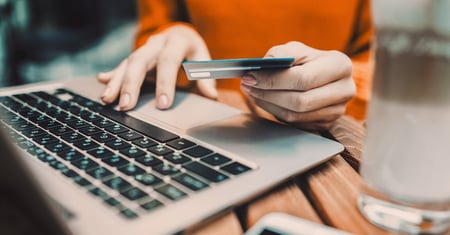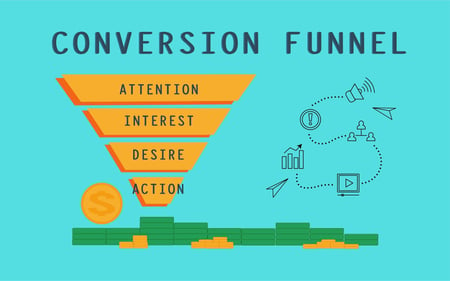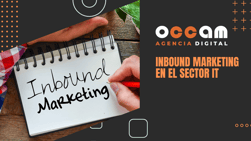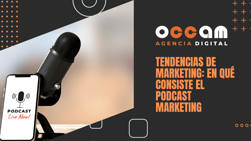Index Content
A conversion funnel is a way of classifying and organising the different stages that consumers go through, from the moment they generate a need until they decide to fulfil it and become customers. This funnel is divided into three phases called TOFU, MOFU and BOFU.

Advantages of using the conversion funnel
- It allows us to know what the percentage of user losses on our website is in each of the stages in order to find a solution. Our goal should be to reduce this percentage as low as possible, or, in other words, that the users who pass through the different stages are as many as possible.
- The conversion funnel can be of great help to us, since in addition to its metric function, it can also help us to optimise our plan in the different phases, and thus make the best decisions about what to do in each of the stages in which the user progresses.
- It is vital for the marketing and sales departments to be connected and work towards common objectives. As our website improves, the type of lead that will reach the sales team will be very prepared for the sale and the sales team will have very little difficulty in closing the deal.
- It helps us to calculate the return on investment (ROI) of our campaign. One of the most common mistakes in an online marketing campaign, and especially in inbound marketing, is to focus efforts on attracting the largest number of customers, that is, to place users in the widest phase of the funnel, so sometimes we forget to improve our relationship with customers we already have.
what are the stages of the conversion funnel?
- tOFU stage (top of the tunnel). This is the first stage, the discovery stage. In this stage, the user detects that he/she has a need and starts looking for information to solve it. In this stage, we must act by providing general information about all our products and services. Therefore, the recommended thing to do here is to spread the word:
-Blog articles, in which you can talk about the latest news or market trends.
-Publications on social networks that invite your followers to interact in order to generate engagement. These can be Instagram, Facebook, Twitter, TikTok, LinkedIn...
-Tutorial videos, where you can show explanations on how to use your product.
- mOFU stage (middle of the funnel): In this second stage the user begins to evaluate the different options and starts to show consideration and interest in our products. To make this visit become a lead, you have to provide them with specialised content in exchange for them leaving you some of their contact details, such as their email, address or telephone number, by means of the so-called landing page. To do this, you will have to offer them a lot of valuable content such as:
-Ebooks that go deeper into the topic of interest of your target audience and are interesting for the reader.
-Webinars to educate leads and tell them about the benefits of hiring your services or purchasing your products.
-Interesting or eye-catching events that put prospects in context and feed their curiosity.
- bOFU stage (bottom of the funnel): In the last stage and at the bottom of the funnel we have the users who already have the intention to buy our product and only need a final evaluation to decide. That is why it is of utmost importance to provide content that helps them to make the purchase decision such as:
-Product demonstrations or free trials for the user to evaluate whether it is what they are looking for. This is one of the most effective techniques as everyone is willing to get or try and enjoy something for free, which they may or may not end up buying.
-Previous success stories so that future users can check that your service and product is effective.
-Discounts to encourage purchase.
Other stages that a conversion funnel is divided into
The funnel methodology is not only divided into the three stages depending on the part of the funnel the users are in, it can also be divided into five stages depending on how the customer is doing:
-Lead acquisition: In this stage, the most important thing is to get your future customers to give you their data so that you can use it in your funnel .
-Prospect: Once this happens, what you have are prospects, the previous leads we classify them in order to create strategies according to them, so you save effort knowing in which part of your sales funnel each one of your leads is.
-Opportunity: In this phase you should focus on finding your sales opportunity, that is, you already know what product or service the potential customer is most interested in, so you should focus on showing him only what he considers relevant and discard the rest of the information.
-Qualification: Measure and analyse the interactions that these future customers have had with the products, so you will know what specific interests they have and what will drive them to make a purchase .
-Closing: This is the last stage of the sales funnel, in this stage the lead has already become a customer, i.e. they have already made a sale, so the company has achieved its main objective.

Remember that if you build your conversion funnel strategy well, you will manage to take your leads phase by phase until they become loyal customers.





